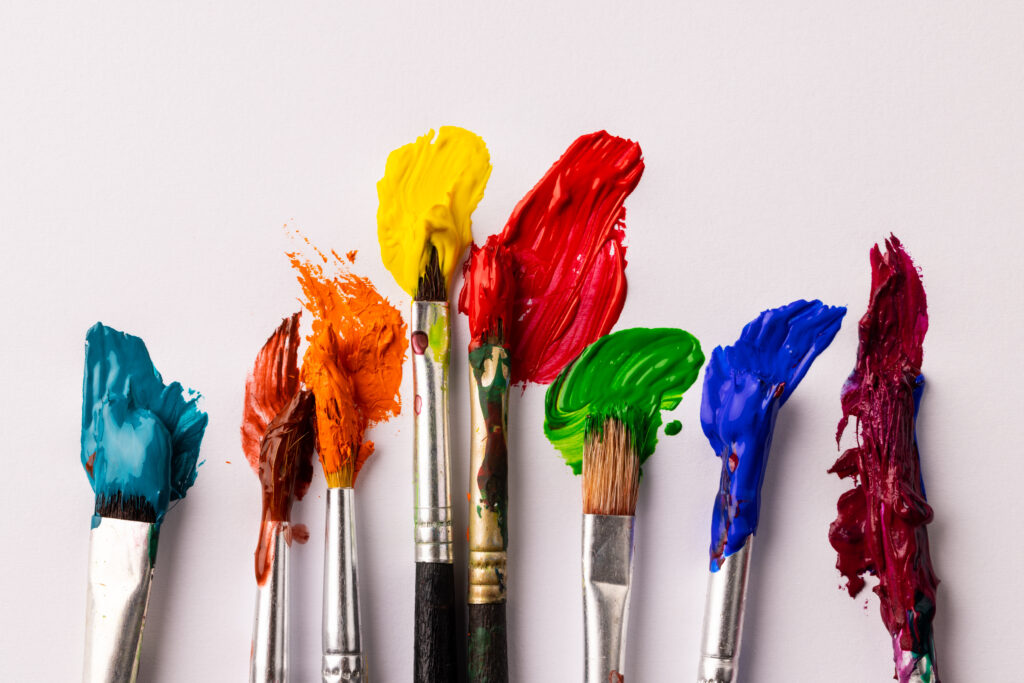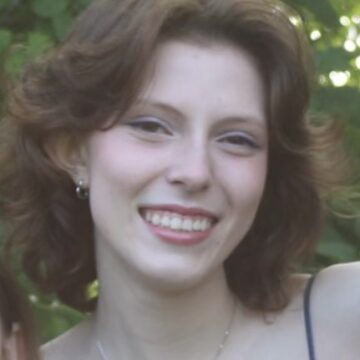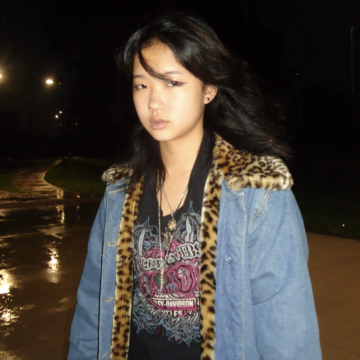
By Stella W., ’28
The splash of color that engulfed the wooden tables and bar stools first lured me into a local art studio next to my parents’ favorite supermarket. At seven years old, even I could read the big red sign: “Painting Lessons.” I peered through the studio’s glass windows and watched students smear turpentine across blank canvases, create initial sketches in vibrant base coats, and add finishing details with miniature brushes. I was hooked.
After starting the class myself, I fell in love with this meticulous but gratifying process. Eventually, painting and drawing consumed my spare time—I was committed to replicating the shapes and colors I observed in animals, people, landscapes, and objects on canvas. In those early years, I loved every moment and teachers praised my rapid progression. I didn’t know then that my aspirations to perfect my skills in this craft would lead me down many roads of frustration.
I remember the struggle vividly: as I stared blankly at that wooden model of a hand for what felt like forever, feelings of frustration, disappointment, and desperation blocked any efforts to continue manipulating the shadows, highlights, and shapes on my paper. I’d spent hours trying to successfully depict this hand model, but my hard work felt meaningless. That day, I left class unsatisfied with my abilities, and distraught by this challenge. Never before had art been a source of such distress, and at a young age I didn’t know how to grapple with these feelings.
After taking a break for a couple days, I found myself curious to try again. This time I accepted that what I was striving to convey on paper might not manifest itself on the first, second, or maybe even third attempt. After struggling with several different versions of this drawing over weeks, I finally felt satisfied with my depiction of the human hand. Not because it was the best demonstration of my artistic ability, but rather because tackling a skill that challenged me so thoroughly gave me pride unparalleled by my other works. It became one of my favorite pieces.
The hurdle I needed to overcome was not the task itself; it was being able to continue working at something that didn’t come easily. My struggle to illustrate a hand was not a test of my abilities, but rather of my patience and perseverance.
This past summer, I audited a data science class at UC Berkeley while I interned for a graduate researcher. The only high schooler surrounded by college engineers, I was stretched beyond anything I’d delved into in high school: math concepts I had never seen before, a new computer programming language. When I first started tackling the problem sets, I often found myself staring at the page for hours. I started to get frustrated that I was not grasping new concepts fast enough to efficiently work through the course.
But I reminded myself it was not the first time I found myself challenged by something I was passionate about. As with many art pieces in the past, I continued working on the labs with the understanding that they were likely not going to successfully run after my first few—or many—attempts. After completing a few more labs, problems started to become more familiar and easier to handle, and eventually, I started applying the skills I developed in the course to create real data sets that tracked boat emissions in the Bay Area.
This work challenged me more than any math or science class had ever challenged me in my academic career, and as a result the work was that much more rewarding. As frustrating as these challenges are, I am inspired to leap towards them, because they have instilled in me the confidence to view challenges as opportunities for growth.
Admissions Committee Comments
In this essay, Stella dives into her journey in the art world and the challenges that came with it. She highlights the joy she found in painting at a young age and the ways this relationship evolved as she grew. Stella shows us how accepting imperfections and being patient allowed her to embrace her craft. She applies these lessons to different settings with new challenges. Her ability to recognize obstacles as opportunities for growth will serve her well at Hopkins, where she will be surrounded by new peers and opportunities and continue to learn in dynamic ways.





